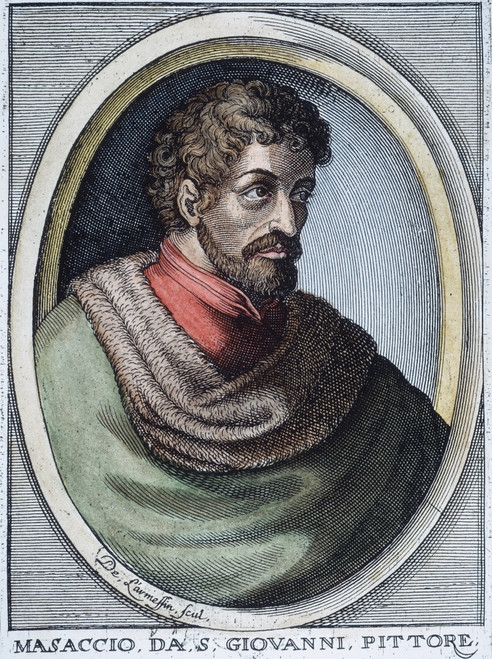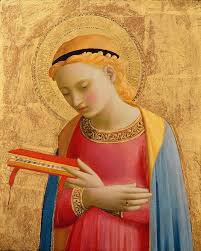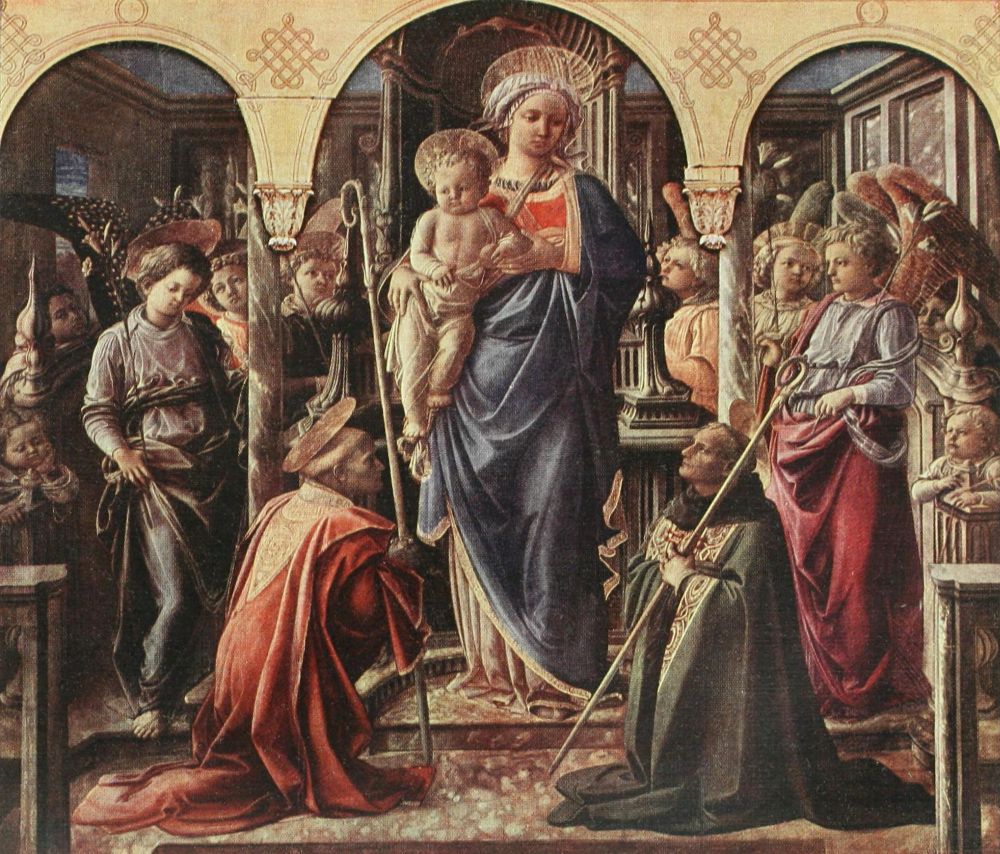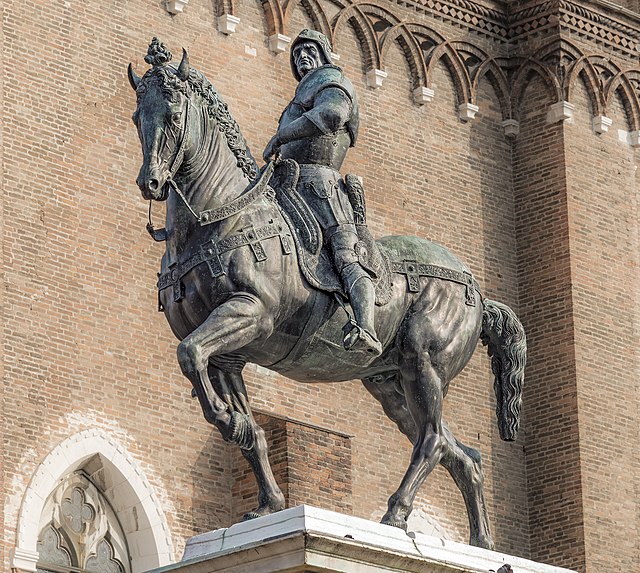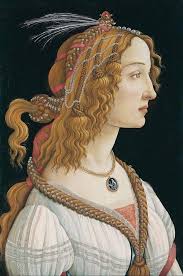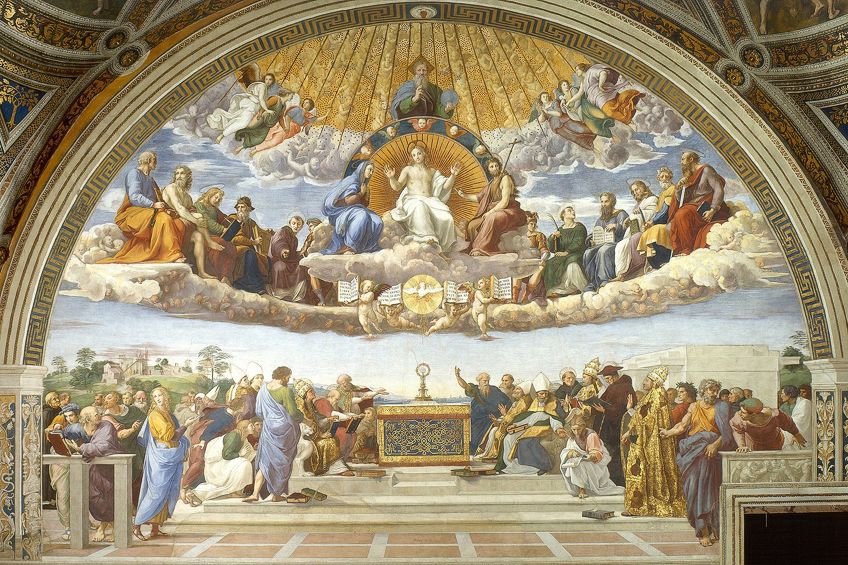Masaccio
Masaccio, original name Tommaso di Ser Giovanni di Simone was one of the greatest Italian painters of the Quattrocento period of the Italian Renaissance. His notable works include The Tribute Money and The Holy Trinity.
Masaccio's life was short yet prolific and influential
The artist was born in Castel San Giovanni di Altura, now San Giovanni Valdarno (part of the province of Arezzo, Tuscany). Masaccio spent much of his childhood in Florence. His family moved there when he was about 6 years old. Although Masaccio was born to a respected family from which he learned many artistic skills, he did not come from a wealthy household. His father worked primarily as a notary and died when Masaccio was only five years old.
Masaccio died at the age of twenty-six
The exact cause of Masaccio's death is unknown. The art historian Giorgio Vasari, who knew the artist, claims he died of the plague; other historians say he may have died of malaria or tuberculosis. His work was almost completely forgotten until the mid-19th century when a renewed interest in early Italian Renaissance art led to a revival in scholarly interest in him.
A true talent
Masaccio was the first painter to fully embrace the principles of linear perspective, which were developed in Florence during his lifetime. In 1422, at the age of 21, he was commissioned by the Carmelite Order (a monastic order renowned for its patronage) to complete a fresco cycle on their chapel wall in Santa Maria del Carmine church in Florence.
He is thought to have been an assistant to his older Florentine peer Giotto, who is considered the father of Western art and the first great artist of the Renaissance period. Masaccio's most famous work, The Holy Trinity with the Virgin and Saint John and Donors (1426-28), is a perfect example of the Renaissance philosophy that art can reveal the truth about humanity and the world. He employed unprecedented levels of detail for that time, along with intense light and realistic volume in his work.
